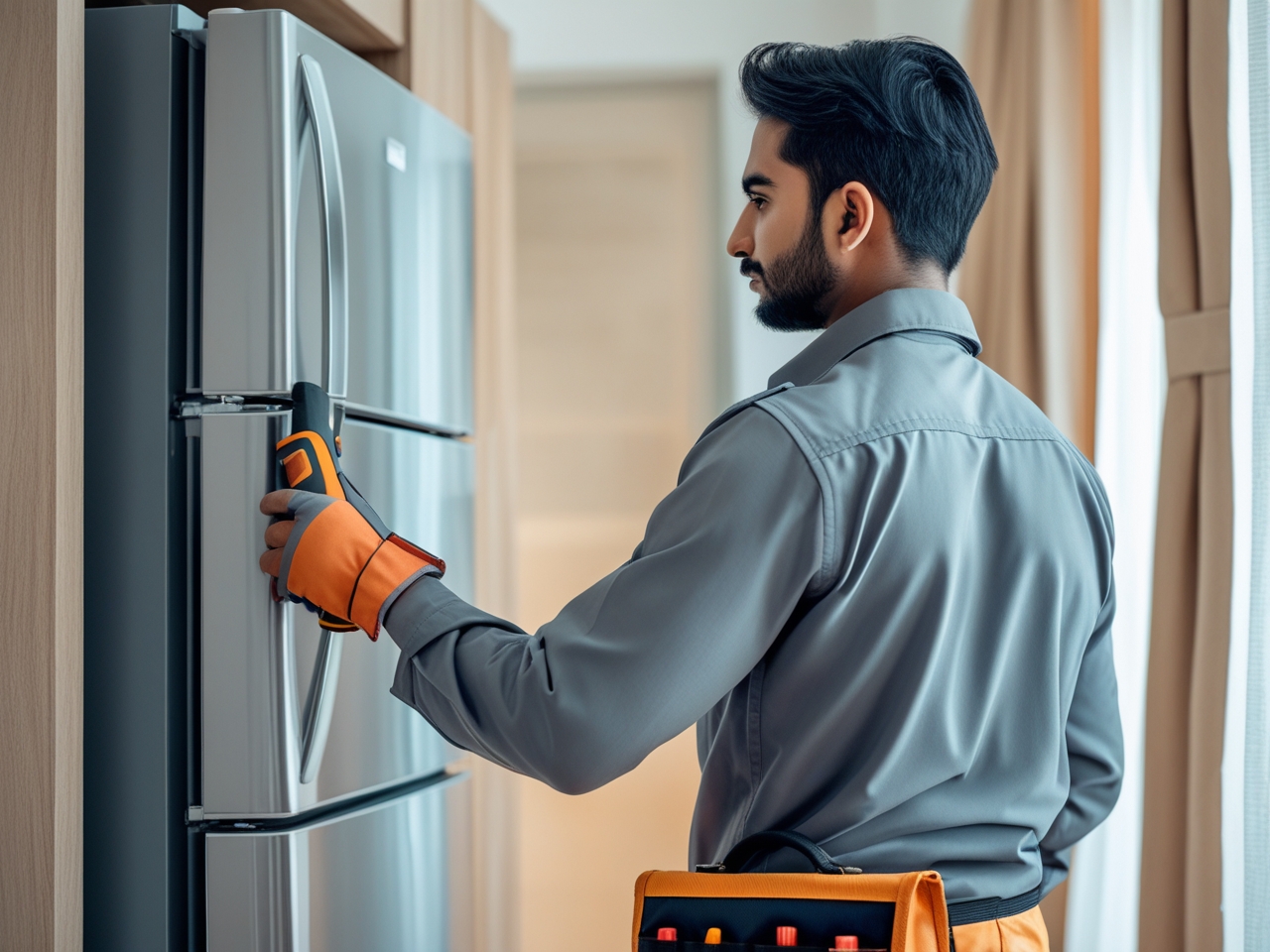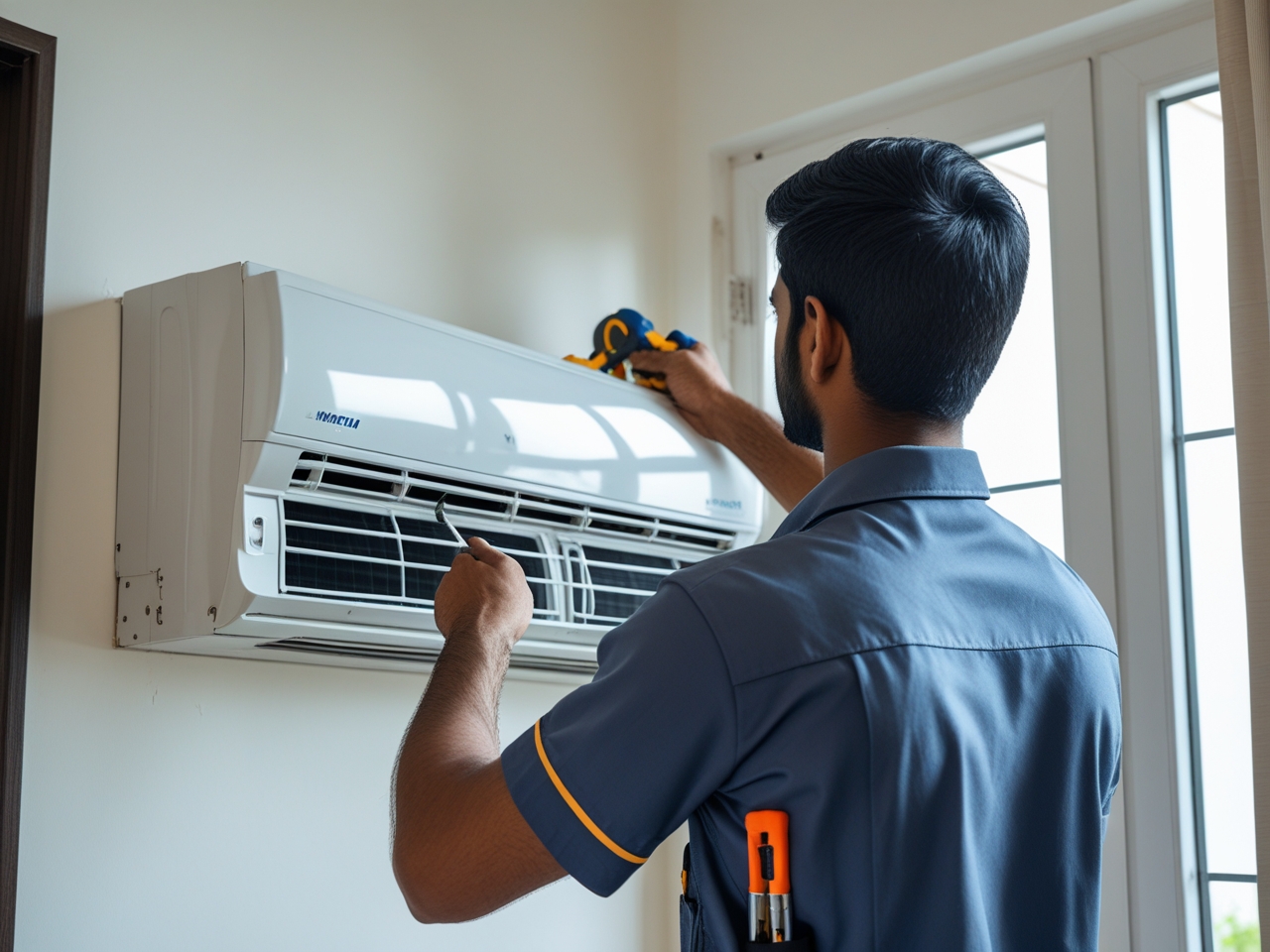Whether it be cleaning the parts in your RO or doing some maintenance to your system, performing these at home is a vital element in how effective it is and how long it will last. In order to assist you in efficiently servicing your RO system, the following is a step-by-step guide by Duty Guy is necessary:
1. Early start is essential as proper instruments and parts for replacement should be charged up promptly.
The next thing to do is to acquire replacement filters, which may include sediment filters, carbon filters, and also RO membranes given the possibility of different categories in use. The first part of your list should include: a towel to absorb any dripping and a wrench, if your pipe comes out with a filter wrench. Fill a pail or another container with water and get a sponge ready.
2. Switch off the water pump to stop the supply of water.
Shore that the water supplies to the RO system are off before the process of cleaning begins. The tank lever too should be turned off.
3. Empty the System of It:3. Empty the System of It:
For stopping the pours of the tap from an RO tap, you would first need to open it. Hence this makes the system responsible for holding the vehicles at the point of departure, hence, the probability of an accident is cut down.
4. Having the Filters Replaced
To worry the filter housings, you will need to apply the filter wrench. To cop up with this ensure that you spread a towel which will collect whatever water that may be left undone. Correctly disposed of the current filters, open the filters out of and dispose of them. While checking all the O-rings, look inside the filter housings as well for any debris or any kind of damage that they might have. After that, put it in the machine to run a clean cycle if it’s needed. Remove the old filters at the wastewater treatment facility and put them in their respective channels. Ensure the bolts are properly aligned and that they are correctly fitted.
5. Change the RO Membrane
It is thus mostly done for about every two to three years, if you use the water in large amounts and the quality of water supply is bad. Cautious removal of the membrane housing is required, and the previous membrane should also be taken out. Next Insert a replacement membrane into the fitting and ensure that it is positioned correctly.
6. Make sure the system is completely reassembled while looking for any leaks.
The housing and connectors should all be fitted and screwed securely. More often, people over-tighten something, and then it leads to the detriment of the object. The water supply is to be turned on now, and all junctions should be inspected with a view to detect any possible leaks. Adjust the tightening of the screws, if it calls for it.
7. Flush the System
The water filling process could take up to several hours and thus your patience can be appreciated. This next step is you putting on the RO tap and let the water flow through it for about ten to fifteen minutes. That will help clean the filters. It should be noted that the initial batch of filtered water might contain fine carbon pieces and other suspended particles, coming from the new filter boxes. And so, that batch should be discarded.
8. Carry out a water test
For complete service check it gives a good idea that system is working properly by testing the water quality. On the other hand, to test the level of purity, you could use TDS, an acronym for total dissolved solids meter.
9. Frequency of Service:
Normally, the sediment and carbon filter will have to be replaced every 6 to 12 months period whereas the RO membrane can last for 2, 3 years. In contrast, the volume of solids separated would likely depend on the amount of water you use as well as the quality of the feed water you use.
10. Safety Precautions:
Make sure you adhere to proper usage as labelled by the manufacturer for your own RO unit as misuse may potentially lead to harm.
11. Routine Inspections:Regular inspections of the whole system, especially double checking for both leakage and damage when a filter is about to be replaced, is paramount.




